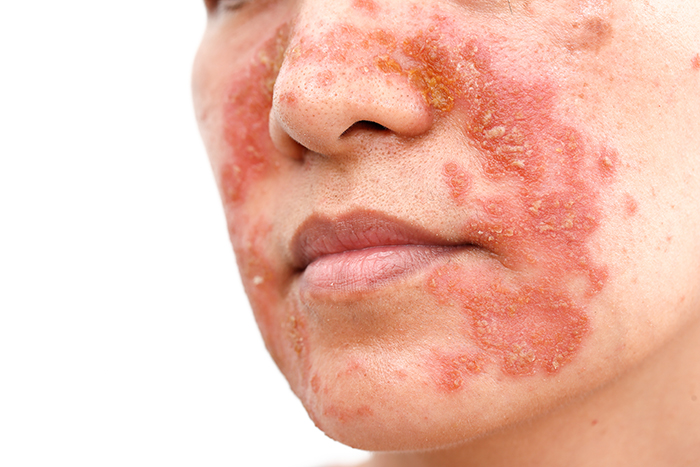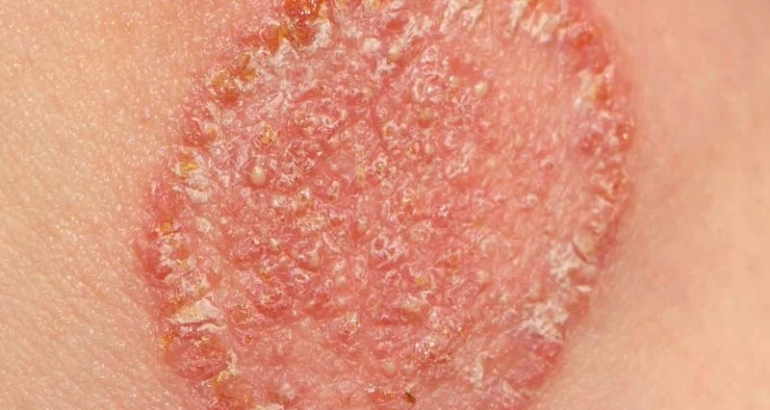Seborrheic dermatitis is also known as seborrheic eczema. It is a chronic skin condition that can damage the hair follicles and slow down hair growth. It is a fungal disease which causes excessive sebum production by the sebaceous glands.
Patients face hair loss because of seborrheic dermatitis because the increase sebum production cause inflammation on the scalp and hinders the normal functioning of the hair follicles. This causes irritation, redness and itching in the affected area. This itching and inflammation leads top premature hair loss.
A naturally occurring yeast fungus causes this condition. The yeast like fungus is naturally present in the bodies and our normal immune system easily copes up with the fungus. The Pityrosporum Ovale fungus feeds on the sebum production and it often develops in the scalp when the unwanted conditions fail to check the growth of fungus. The sebum production also increases the growth of yeast malassezia production, which can further accelerate the hair loss and stuns hair growth in the nearby area too.
Causes of Seborrheic Dermatitis
There is no direct known cause of seborrheic dermatitis. This chronic condition can even develop in healthy people too. The few risk factors that can increase the chances of seborrheic dermatitis and the hair fall because of it are
- Nervous system disorder
- Weak immune system/ immune system disorder
- Hormonal disorders
- Medications
- Excessive exercising
- Chronic stress
- Genetics
- Acne/ rosacea/psoriasis
- Alcoholism
- HIV or Parkinson disease
- Climate change
- Oily skin
- Increase in the level of skin lipids
- Use of alcohol based lotions
Symptoms of Seborrheic dermatitis
Since the condition directly affects the scalp, it can hamper the hair follicle’s ability to produce hair in the natural cycle. The common symptoms of this condition include
- Itchy white flakes on the skin (dandruff). When you scratch these flakes, they become lose and fall on the neck and shoulders.
- Scally skin which appears as red scales on the skin (cradle cap in infants appears as yellow scales)
- Greasy patches on the skin of the head
- Pinkish plaques like rash on the sides of the face
- Rash on the scalp
- Flaky patches on the chest and hairlines that look like a ring or petal
- Thing hair and hair loss
- Inflammation of the hair follicles on cheeks, chest and back and even increased acne



